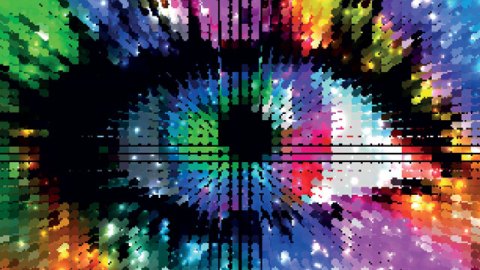Now you can enlarge and denoise your photos, all thanks to basic research

The Center for Perceptual Systems at The University of Texas at Austin has just released a free web-app that will denoise and enlarge photos in a heartbeat to an extent that according to the authors, may have never been seen before.
“Compared with other photo-enhancement algorithms, we believe this is the best in the world for reducing digital camera noise and enlarging digital camera images, and also about 50 times faster”
– Wilson Geisler
The new denoising capabilities are described in a paper that has been submitted for publication, the enlarging capabilities were previously described in a paper published in the Journal of Vision. But how did a psychology professor end up working in such a far flung field? The discovery stems from research aiming to unearth the secrets of the workings of animal and human vision. The scientists attempted to mimic how it is imagined the human eye might perceive its surroundings.
The scientists began by looking at how the human visual system may enlarge images; humans have a much higher density of cone photoreceptors and therefore a much higher spatial resolution in the fovea which sits behind the pupil, than in the peripheral retina. Based on the idea that the human eye must have a mechanism for getting as much information as possible from the low resolution periphery, the group looked at the statistical differences between high resolution and low resolution versions of the same natural images. The group looked at thousands of images and determined rules that use reliable statistical regularities across all of the images with the hope of generating hypotheses for what the neural circuits in the retina or the brain might be computing. The researchers also computed the statistical differences between low noise representations and high noise representations of the same images.
What emerged was a new tool that uses statistics to attempt to solve the problem of imperfections in photographs by building an algorithm based on thousands of other photographs and using this as means for comparison. According to the researchers this tool is unlike other algorithms as it is based on average statistical regularities across all images rather than just within the image being processed. Also the algorithm removes noise that is spatially correlated rather than just removing uncorrelated noise as other algorithms currently do. The end result is a program that attempts to understand how to detect and eliminate noise and improve the resolution of photographs.
“Our algorithm differs from most other algorithms not only because it is based on the average statistical regularities across all images, but because we focused on the kind of noise that actually exists in typical digital camera images and in the retinal neurons that process the photoreceptor responses. This kind of noise is spatially correlated. Most other algorithms assume uncorrelated noise.”
– Wilson Geisler
As a result of this research, we may be a small step closer to understanding how the human eye works and if that isn’t enough, now you can touch-up your holiday snaps.
References:
Image Credit: Shutterstock/HAKKI ARSLAN





